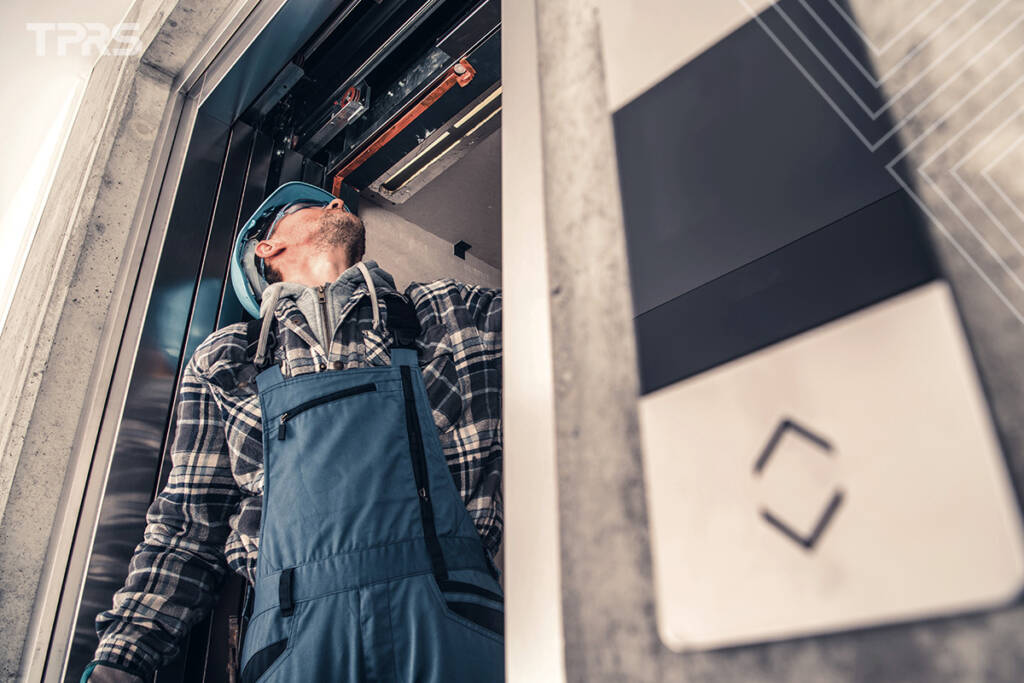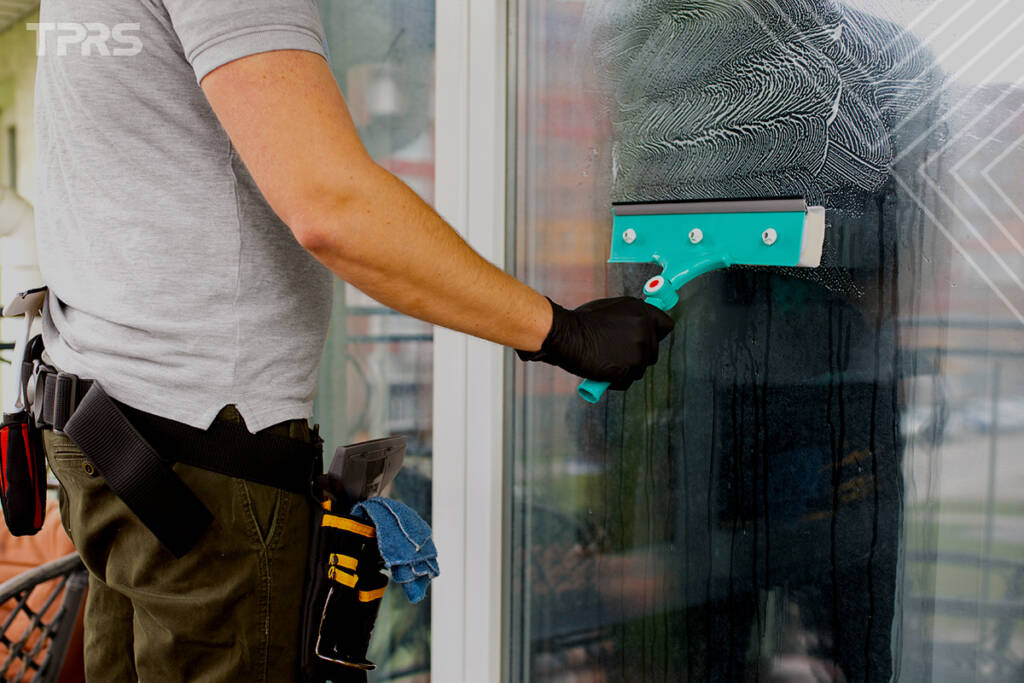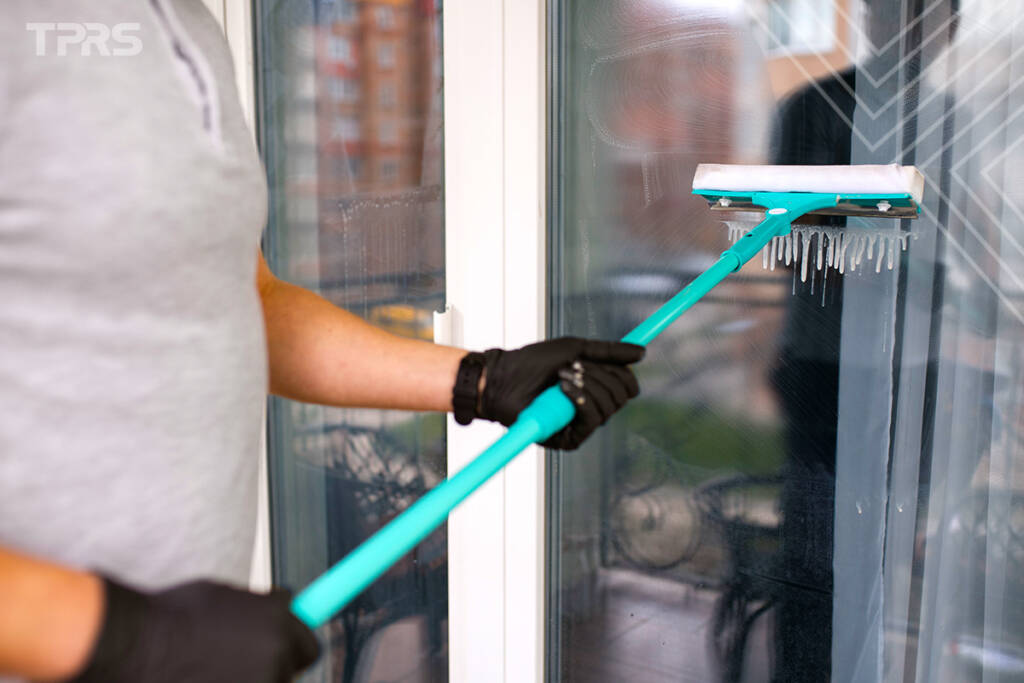Glass elevators have revolutionized vertical transportation, combining functionality with stunning aesthetic appeal. However, maintaining their glass definitely requires specialized knowledge and consistent care to ensure elevator maintenance excellence. The crystal-clear surfaces that make glass elevators so appealing also demand meticulous attention to preserve their beauty, safety, and structural integrity.
Why Glass Maintenance is Your Elevator's Lifeline

Glass components in elevators serve far beyond decorative purposes, they’re structural elements that require professional-grade care. Proper elevator maintenance of glass surfaces directly impacts passenger safety, system longevity, and overall building aesthetics. So neglecting glass is never an option!
The importance extends beyond appearance. Glass panels in elevator systems provide crucial visibility for emergency situations, contribute to the structural integrity of the cab, and significantly influence the building’s overall value. When glass surfaces become clouded, scratched, or damaged, they compromise both functionality and safety standards.
Daily Glass Cleaning Protocols & Best Practices: Practical Elevator Maintenance Guidance

Daily maintenance protocols form the backbone of effective elevator maintenance. Start each day with a systematic approach that ensures glass surfaces remain pristine and functional.
Use only microfiber cloths and approved glass cleaning solutions specifically designed for elevator applications. Avoid abrasive materials that could scratch or damage the protective coatings on tempered or laminated glass. Work from top to bottom, using circular motions to distribute cleaning solution evenly. Pay special attention to high-touch areas around control panels and door frames where fingerprints and oils accumulate most rapidly. Clean during low-traffic periods to ensure thorough drying without contamination.
Weekly & Monthly Inspection Checklists: Systematic Elevator Maintenance Approach

Systematic inspection schedules prevent minor issues from escalating into major elevator maintenance challenges. Weekly inspections should focus on identifying early signs of wear, damage, or performance degradation. Weekly inspection checklist includes examining glass panels for hairline cracks, checking seal integrity around glass edges, and testing the stability of glass mounting systems. Look for signs of moisture infiltration between laminated layers, which indicate seal failure requiring immediate attention.
Monthly inspections go deeper into structural assessment. Check for stress fractures around mounting points, evaluate the condition of protective coatings, and assess the overall clarity and optical quality of glass surfaces. Use professional-grade inspection tools to detect microscopic damage invisible to casual observation.
Temperature fluctuation monitoring becomes crucial during seasonal transitions, as glass expansion and contraction can stress mounting systems and create potential failure points. Document all findings with photographs and detailed notes to track degradation patterns over time.
Professional Glass Cleaning Techniques & Solutions: Expert Methodology and Products

- Professional glass cleaning techniques require specialized knowledge of glass types and appropriate cleaning chemistry. Different glass compositions: tempered, laminated, or specialty coated; demand specific approaches and solutions.
- Tempered glass surfaces require pH-balanced cleaners that won’t compromise the surface tension created during the tempering process. Use only approved cleaning agents with neutral pH levels between 6.5-7.5 to maintain structural integrity.
- Laminated glass systems need extra care to prevent cleaning solutions from penetrating edge seals and compromising the interlayer adhesion. Professional techniques include using minimal moisture application and ensuring complete drying to prevent delamination.
- Specialized equipment makes the difference between adequate and exceptional results. Professional-grade squeegees, extension poles, and deionized water systems ensure streak-free finishes while protecting delicate glass surfaces.
Safety protocols during professional cleaning include proper harnessing, emergency communication systems, and coordination with elevator control systems.
Smart Damage Assessment: When to Replace vs Repair? Decision-making guidance

Understanding when glass damage requires repair versus replacement saves significant costs while maintaining safety standards. Professional damage assessment follows specific criteria based on crack length, depth, and location.
- Repairable damage typically includes surface scratches less than 0.25 inches deep, chips smaller than a quarter, and hairline cracks shorter than three inches. However, location matters critically; damage near structural mounting points or in high-stress areas often requires replacement regardless of size.
- Replacement indicators include cracks longer than three inches, damage penetrating more than 25% of glass thickness, or any damage affecting structural integrity. Laminated glass showing signs of delamination or moisture infiltration between layers requires immediate replacement.
Cost-benefit analysis involves comparing repair costs against replacement expenses, factoring in future reliability and safety considerations. Temporary repairs may seem economical initially but often lead to higher long-term costs and safety risks.
Preventive Maintenance Schedules by Glass Type: Type-Specific Elevator Maintenance Programs

Different glass types require tailored elevator maintenance approaches based on their unique properties and performance characteristics.
- Tempered glass maintenance focuses on preserving surface integrity and monitoring for spontaneous breakage risks. Regular thermal stress inspections and edge condition assessments prevent catastrophic failures. Cleaning protocols emphasize avoiding temperature shock and using only approved cleaning agents.
- Laminated glass prioritizes edge seal integrity and interlayer condition monitoring. Maintenance schedules include quarterly edge inspections, annual UV exposure assessments, and immediate response protocols for delamination signs.
- Specialty coated glass requires manufacturer-specific maintenance protocols to preserve coating effectiveness. Low-E coatings, privacy films, and decorative treatments each demand unique care procedures and approved cleaning solutions.
Maintenance frequency varies by glass type: tempered glass quarterly inspections, laminated glass monthly edge checks, and specialty coated glass requires bi-weekly cleaning cycles. Environmental factors like UV exposure, temperature fluctuations, and humidity levels influence maintenance intervals significantly.
Economic Intelligence: Cost Analysis Framework

Understanding the true cost of elevator maintenance versus replacement requires comprehensive economic analysis. Preventive elevator maintenance costs approximately 15-20% of replacement value annually but can extend glass system life by 300-500%. Emergency repairs cost 3-5 times more than scheduled elevator maintenance and often result in extended downtime. Lifecycle cost analysis reveals that consistent maintenance programs deliver 400-600% return on investment compared to reactive repair strategies. Factor in productivity losses from downtime, safety liability risks, and building value impacts when calculating true maintenance economics.
Cost optimization strategies include bundling glass maintenance with overall elevator maintenance contracts, implementing predictive maintenance technologies, and establishing preferred vendor relationships for volume discounts.
Maximizing Your Investment Success

The ideal elevator maintenance of glass systems requires combining professional expertise with systematic approaches and quality materials. The investment in proper glass care delivers exceptional returns through enhanced safety, extended system life, and maintained building value. Key factors include partnering with qualified professionals, implementing consistent maintenance schedules, using appropriate materials and techniques, and maintaining detailed documentation for all activities. Preventive approaches consistently outperform reactive strategies in both cost-effectiveness and system reliability.
Remember that glass elevator systems represent significant building investments requiring professional-grade care to achieve optimal performance. The combination of daily attention, systematic inspections, professional techniques, and strategic maintenance planning ensures your glass elevator system delivers years of safe, reliable, and beautiful service. Through proper care and professional support, your glass elevator investment will continue enhancing your building’s value while providing exceptional transportation experiences for all users. Make elevator maintenance excellence your priority, and enjoy the lasting benefits of well-maintained glass elevator systems.





